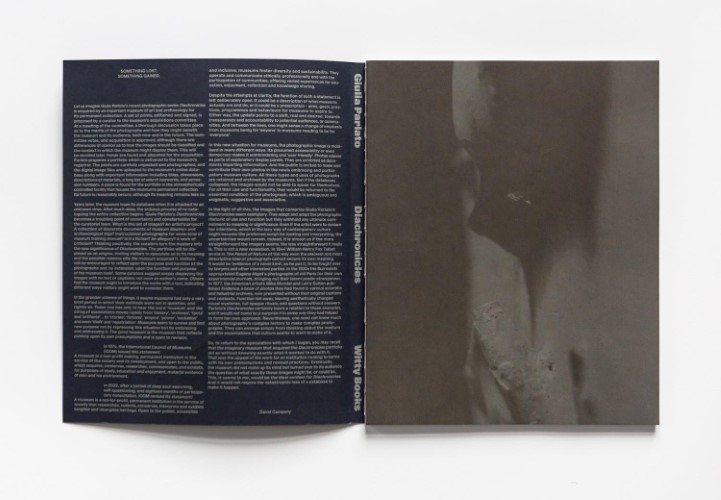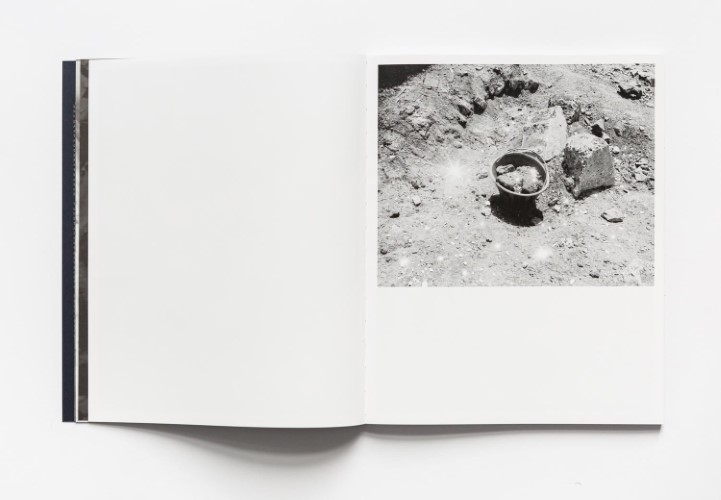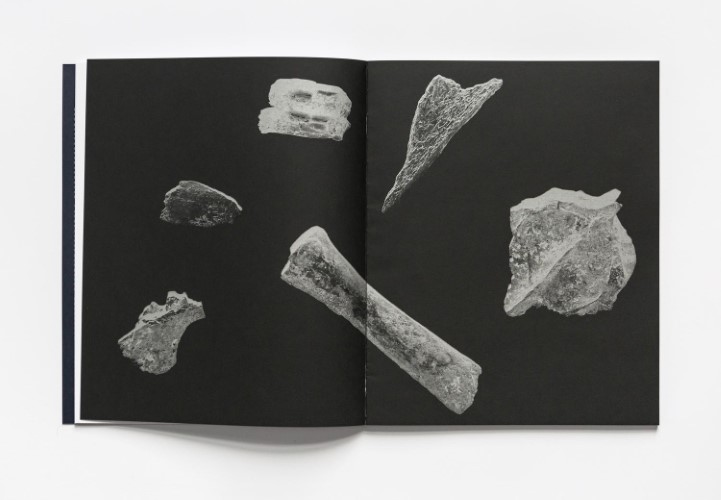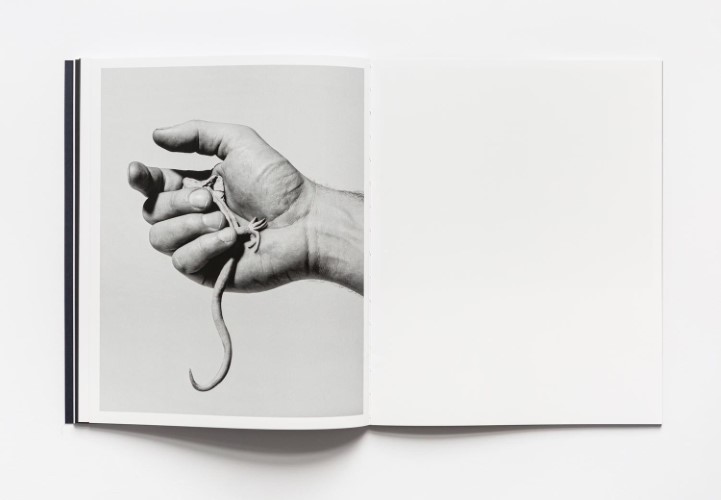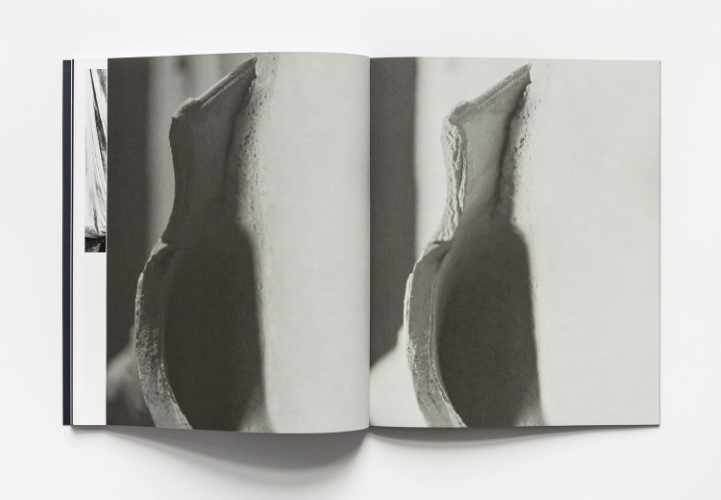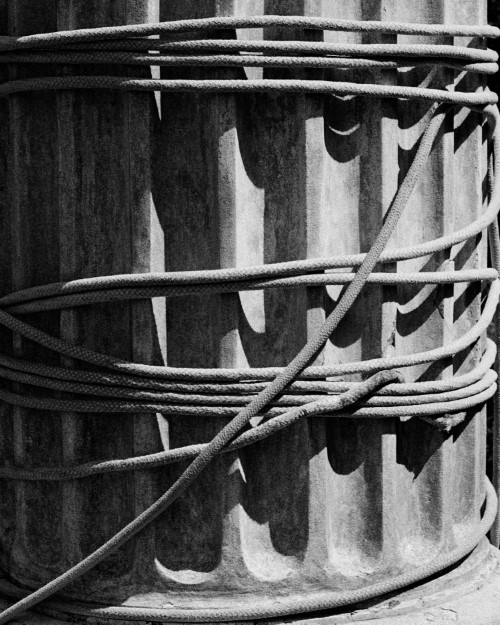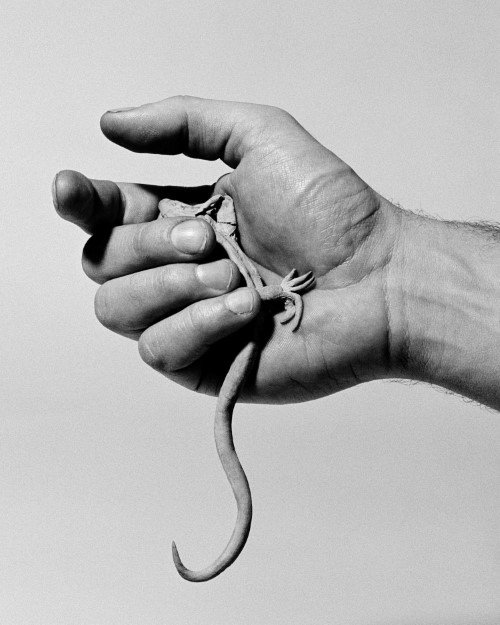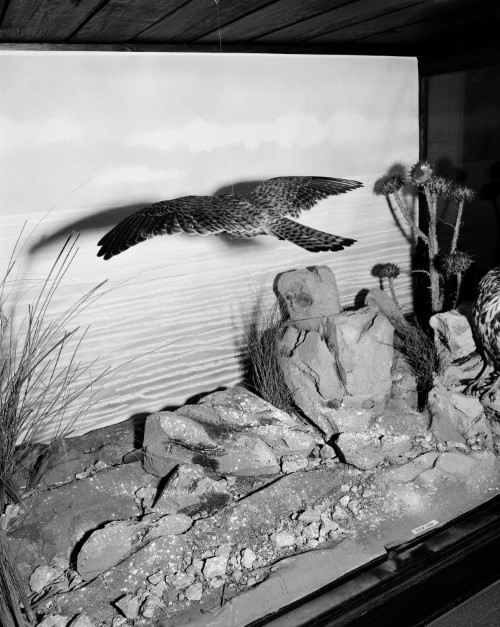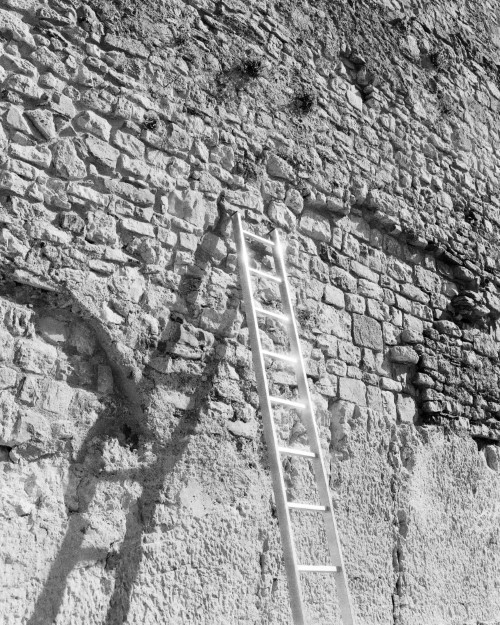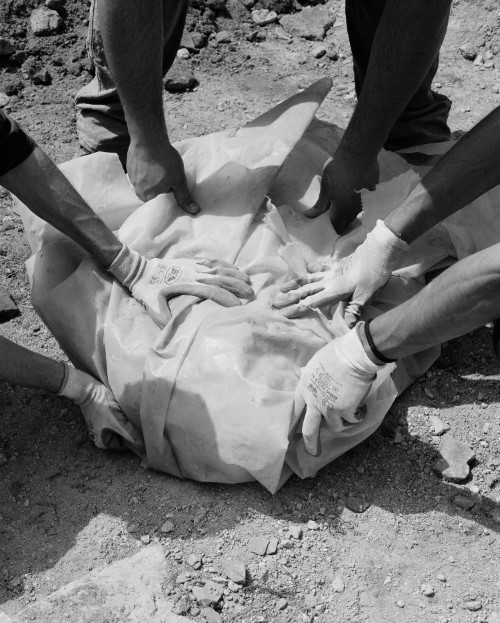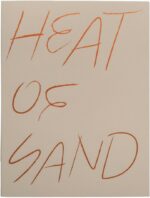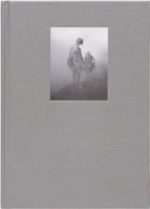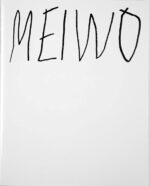1ère édition tirée à 500 exemplaires.
1st edition of 500 copies.
Diachronicles est un examen de l’espace historique, considéré comme un récipient fictif où une collection apparente de preuves s’ouvre au fantastique. Dans cet espace, la tentative de reconstruire le passé tombe dans des espaces fantastiques, où les choses sont générées, utilisées, enterrées, déterrées, transportées et relocalisées.
Cette nature nomade et fragmentaire de ce qui a été laissé derrière, révèle comment le mouvement, la transfiguration et la mauvaise interprétation des objets façonnent l’historiographie et finalement, le réel.
Dans la recherche impossible de légitimation académique, le spectateur est invité dans un monde où les faits et le faux se chevauchent. Le travail porte sur l’absence de mémoire et aborde le rôle de premier plan de l’archéologie, de la photographie et du jeu d’espace dans un récit historique. Ce faisant, le corps humain est utilisé pour suggérer l’échelle et comme un moyen d’afficher des objets.
Diachronicles is an examination of the historical space, regarded as a fictional container where an apparent collection of evidence opens up to the fantastic. In this space, the attempt to reconstruct the past falls into phantasmal gaps, where things are generated, used, buried, unearthed, transported, and relocated.
This nomadic and fragmentary nature of what has been left behind, reveals how the movement, transfiguration, and misinterpretation of objects shape historiography and ultimately, the real.
In the impossible search of academic legitimation, the viewer is invited into a world where the factual and the fake overlap. The work is about the absence of memory and addresses the leading role archaeology, photography and the museum space play in a historical narrative. In doing so, the human body is used to suggest scale and as a means to display objects.


